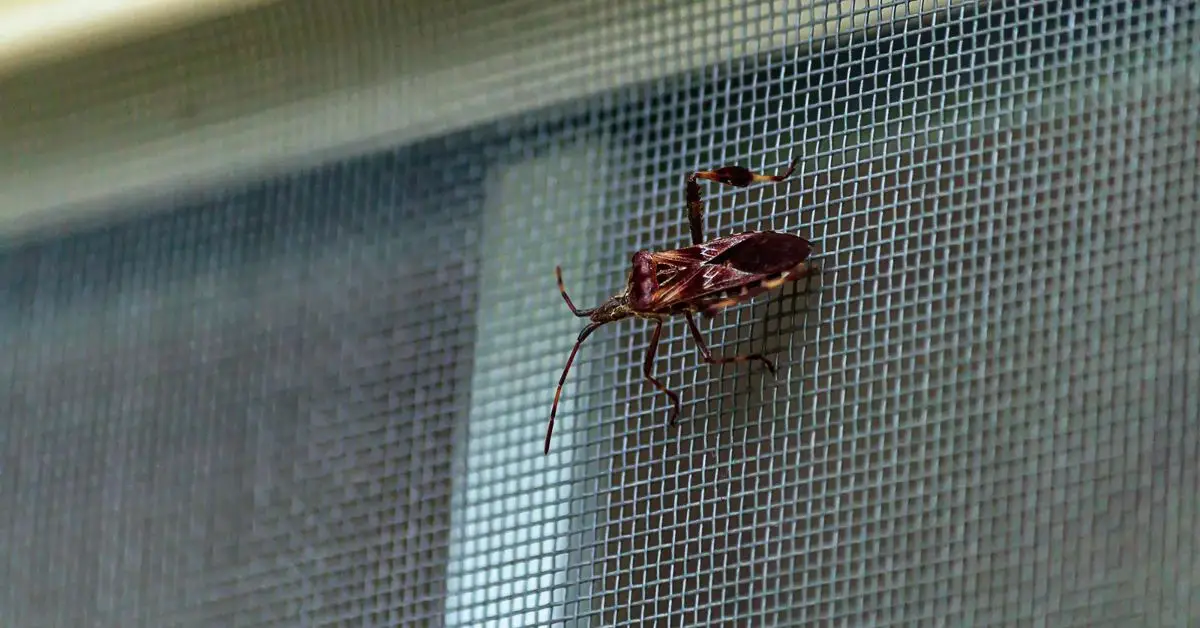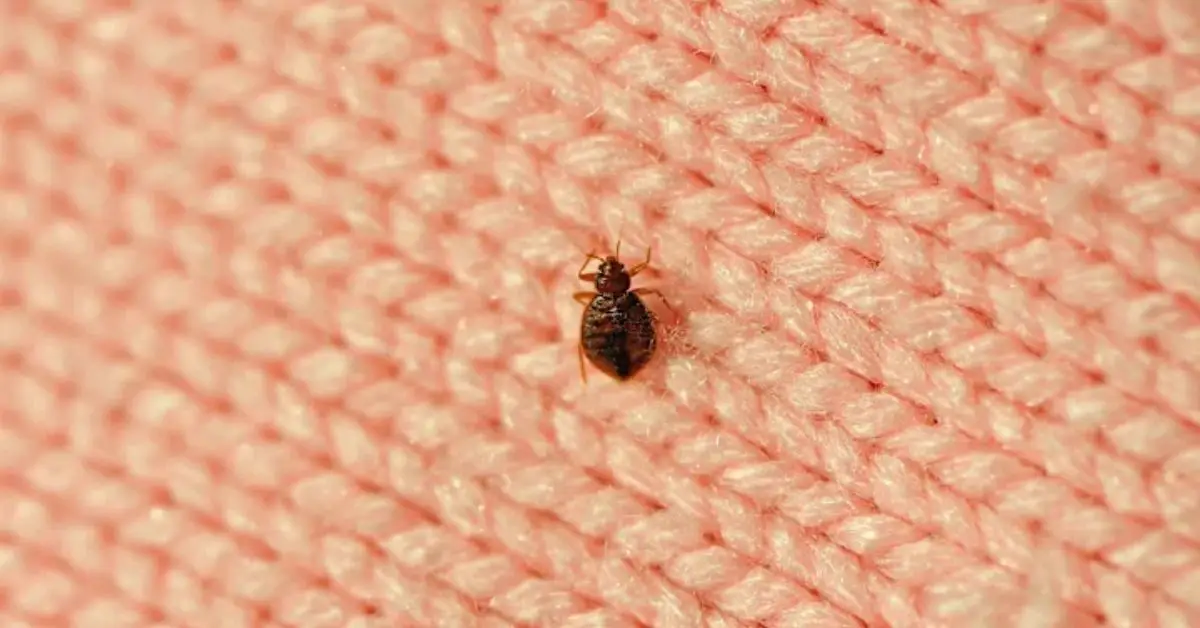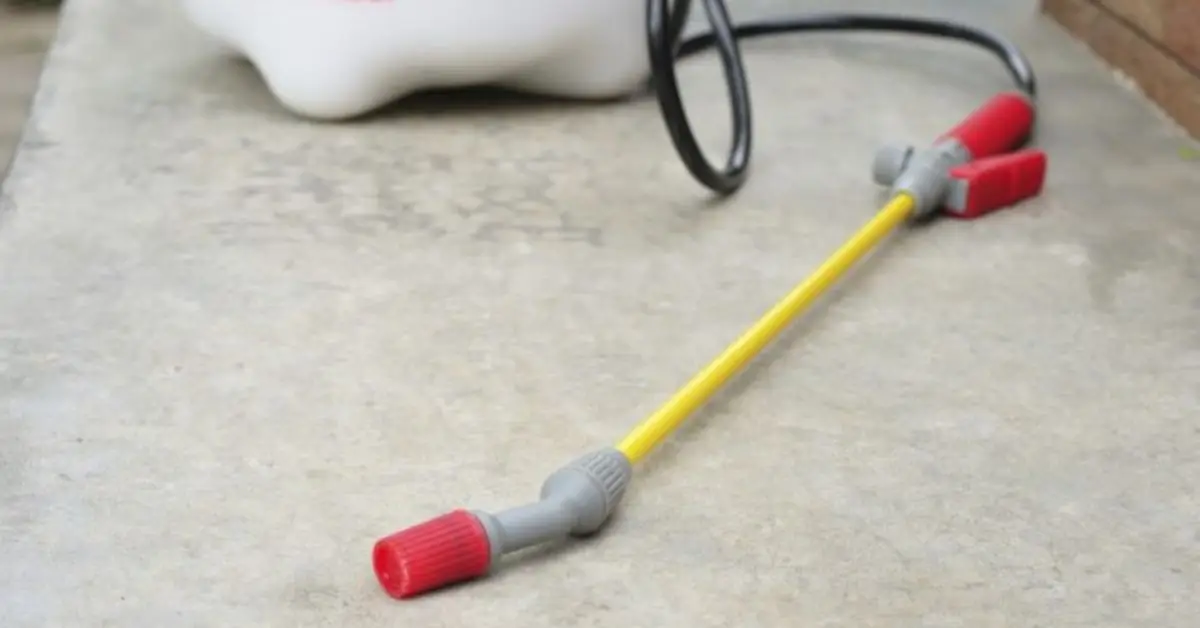How to Keep Bugs Out of Your House: 10 Smart Fixes That Actually Work
Look, I get it—there’s nothing more annoying than finding ants in your sugar jar, or worse, spotting a cockroach sprint across your kitchen at midnight. You clean, you spray, you even light those weird-smelling coils, and still… they come back.
So what gives?
The truth is, most of us focus on killing bugs after they show up. But the real trick—the one that actually works—is making your house a place bugs don’t want to be in the first place.
In this guide, I’ll show you 10 genuinely effective ways to keep bugs out of your house. Not just random hacks, but strategies backed by science, expert advice, and yes—even real people’s success stories (because Reddit moms don’t lie).
Some of these you can do today. Some will save you frustration in the long run. All of them are practical, natural where possible, and actually worth your time.
Ready to bug-proof your space once and for all? Let’s dive in.
1. Seal What You Can’t See — Tiny Gaps Are Big Invitations
You’d be surprised how many bugs slip in through cracks you don’t even notice. Tiny gaps in window frames, baseboards, cable lines, and especially under your front door are all easy entry points. To a cockroach, that’s like leaving the front door wide open.
The fix is simple: seal the entry points. Use caulk for cracks, weatherstripping for windows and doors, and add a door sweep if you see daylight coming through.
I had a silverfish issue in the bathroom once—turns out a narrow gap behind the sink was the cause. A single round of sealant fixed it completely. No chemicals, no second try.
Pro tip: At night, turn off your lights and shine a flashlight along door frames and windows. If light gets out, bugs can get in.
2. Eliminate Standing Water and Control Moisture — Bugs Love Damp Spaces
If there’s one thing almost every household pest loves, it’s moisture. Damp corners, leaky pipes, clogged drains, or puddles in the yard—these spots are like open bars for bugs. Especially mosquitoes, cockroaches, silverfish, and even termites.

The key? Don’t give bugs a reason to settle.
Start with the obvious stuff:
- Fix any leaking taps, AC drips, or under-sink dampness
- Clean out roof gutters, flower pot trays, and backyard puddles. And if you’re heading into storm season, don’t miss these 10 critical home prep steps before a hurricane hits—most of them also help prevent post-rain pest problems.
- Use a dehumidifier in closed or humid spaces like basements
But here’s the real game-changer: if you’ve got standing water, especially outside, use a biological control called Bacillus thuringiensis israelensis (Bti). It’s a naturally occurring bacteria that kills mosquito larvae—without harming pets, birds, or fish.
This isn’t just backyard advice. The EPA confirms Bti is safe for humans and wildlife, and the CDC recommends it for mosquito control. One Reddit user from Philadelphia put it best: “Mosquito dunks work great… larvae never reach adulthood.”
If you’re watering houseplants and battling fungus gnats, drop a small piece of a Bti mosquito dunk in your watering can. It’s a tip shared on Reddit by multiple plant parents—and it works.
Even Wikipedia notes that Bti targets only certain insect species and leaves everything else untouched.
So instead of fogging your yard or dousing your bathroom in chemicals, just remove the water and use a solution that does the work before the bugs ever show up.
3. Keep Your Kitchen Clean — Bugs Smell Food Before You Do
You don’t need to leave out an entire cake for bugs to show up. Just a few crumbs or sugar grains are enough to attract ants, roaches, and flies. The kitchen is one of the first places pests look for food—and if they find even a little, they’ll keep coming back.
Here’s what works in real homes (not just pest control ads):
Wipe down surfaces daily.
That includes the countertop edges, under the toaster, and behind spice jars. Even tiny spills can turn into a buffet for bugs overnight.
Take the trash out often.
Especially if you’ve tossed fruit peels, meat scraps, or anything sweet. Rotting food doesn’t just smell bad—it acts like a signal flare for flies and cockroaches.
Store food in airtight containers.
Use sealed jars for sugar, flour, rice, and snacks. Even boxed cereals can attract pantry moths or beetles if not sealed properly. Want to keep your kitchen looking fresh and bug-free? Consider adding some kitchen-friendly houseplants that not only brighten up the space but may even deter certain pests.
Avoid leaving dishes overnight.
I know it’s tempting, but even one greasy plate can feed a small bug colony.
4. Use Natural Repellents That Actually Work
You’ve probably heard about lemon peels, vinegar sprays, or lavender oils as “natural bug repellents.” Some work, some are myths—and some only help when used correctly and consistently.

Here are the natural methods that actually hold up (and why):
Peppermint oil:
Several studies—including one published in BMC Complementary Medicine and Therapies—found peppermint oil to be effective at repelling ants and spiders. Just mix 10–15 drops with water and spray along windows, door frames, and baseboards. Bugs hate the scent, and your home smells fresher too.
Vinegar + water spray:
Good for repelling ants temporarily. Spray where they enter, but don’t expect long-term control unless you also seal the entry point. Vinegar disrupts their scent trails—but not their motivation.
Bay leaves in pantry corners:
Bay leaves are a traditional, low-effort trick for deterring pantry pests like weevils and beetles.
Citronella and lemon eucalyptus oils:
Oil of lemon eucalyptus as a plant-based repellent proven to work against mosquitoes.
What doesn’t work?
Cucumber peels, ultrasonic plug-ins, and essential oil diffusers alone don’t do much. They may help slightly, but they’re not standalone solutions.
5. Take Care of Your Trash — Inside and Out
This one seems obvious, but most people don’t realize how many bugs come in because of trash, not food. And not just your kitchen bin—your outdoor garbage setup matters just as much.
Here’s what to do right:
Use bins with tight-fitting lids.
Especially outdoors. Open bins are an open invitation for flies, rodents, and cockroaches to hang out and breed.
Clean the actual bin.
Even if you bag your trash well, the bin itself gets dirty. A monthly rinse with vinegar and dish soap can make a huge difference.
Take trash out frequently—before it smells.
If it smells to you, it’s already been attracting bugs for hours. Especially meat or fruit scraps.
Store outdoor bins away from entry points.
Many people keep bins near back doors or windows. That increases the chance of pests migrating inside.
A tip from Houselogic: garbage, compost, and recycling bins should be sealed, cleaned often, and placed at least a few feet away from the house.
6. Keep Windows & Screens Bug-Proof — Without Losing Fresh Air
Opening your windows should bring in a breeze, not a swarm of insects. But most homes either don’t have proper screens—or the ones they have are torn, loose, or misaligned.

Here’s how to let air in and keep bugs out:
Inspect all screens regularly.
Even small tears or bent frames are enough for mosquitoes and gnats to get in. A quick patch job with mesh tape or screen repair kits can fix most issues in minutes.
Use fine mesh screens.
Standard mesh won’t stop smaller bugs like no-see-ums or tiny moths. If you live in a buggy area, upgrade to 20-mesh or higher, especially for windows near lights.
Install magnetic or velcro screen covers.
For balconies or main doors, magnetic mesh curtains work great—especially if you have pets or kids.
Check exhaust fans and dryer vents.
These are often overlooked, but pests like spiders and silverfish can enter through open or broken vent covers.
7. Yard and Garden Habits That Attract (or Repel) Bugs
Even if your home is sealed tight, your yard or balcony can be a breeding ground if it’s not managed right. Bugs don’t just appear indoors—they migrate from your outdoor environment.
Here’s what helps (and what hurts):
Clear fallen leaves and debris.
They trap moisture and provide shelter for ants, beetles, and termites. Especially important after rain or watering.
Trim plants away from the house.
Overhanging branches and vines are bridges for pests—from ants to rodents. If you’re working on reducing bug habitats in your yard, you might also want to check if your backyard design is quietly hiking up your energy bills—both issues often come from the same overlooked habits. Keep at least a 12–18 inch buffer between vegetation and walls.
Avoid leaving pet food or bird seed outside.
These attract ants, flies, and raccoons—especially overnight. Feed pets indoors when possible.
Choose insect-repelling plants wisely.
Marigolds, lemongrass, lavender, and basil have some bug-repellent properties. But don’t rely on them alone—think of them as support, not solutions.
The University of California’s Integrated Pest Management program has great info on how to manage yard pests without harsh chemicals.
8. Don’t Bring Bugs Home With You (Unknowingly)
It’s not just your home that attracts bugs—sometimes, you carry them in yourself. From groceries to luggage, pests often sneak in attached to other things.

Here’s how to stop that:
Inspect produce and bulk grains.
Pantry bugs like weevils often come home from the grocery store. Freeze bulk rice or flour for 48 hours before storing—it kills any hidden larvae.
Check luggage after travel.
Especially after staying in hotels or airbnbs. Bedbugs hitch rides on clothes and bags. Do a quick inspection and wash everything in hot water.
Shake out outdoor gear.
Camping equipment, beach bags, or patio cushions can hide spiders and ants. Give them a once-over before bringing them indoors.
Avoid cardboard boxes from outside or warehouses.
Cockroaches love hiding in corrugated cardboard. Transfer deliveries to plastic or clean surfaces if you’re storing anything long-term.
9. Don’t Just React — Build a Bug-Free Routine
Most people wait until they see bugs to act—but by then, the infestation has already started. The real secret? Prevention as a weekly habit, not a one-time panic response.
Here’s what that looks like in the real world:
Create a 10-minute weekend checklist.
Scan windows, wipe down kitchen counters, empty trash, and do a moisture check under sinks. That’s often all it takes.
Vacuum regularly—especially edges and corners.
It removes crumbs, hair, and even bug eggs or larvae you don’t see. Focus on baseboards and under furniture.
Inspect drains and plumbing monthly.
Gnats, roaches, and even drain flies thrive in clogged or slow drains. Pouring boiling water or baking soda + vinegar once a month goes a long way.
Refresh natural repellents every few days.
Essential oils wear off fast. If you’re using sprays or bay leaves, reapply weekly.
10. Know When to Call in the Pros — And What to Ask
If you’ve tried everything and the bugs still come back—or you’re seeing serious signs like droppings, nests, or wood damage—it’s time to stop guessing.

But hiring pest control doesn’t mean giving up control.
Here’s how to do it smartly:
Choose licensed, local professionals.
Look for NPMA-affiliated services, or check reviews on JustDial, Google, or local Facebook groups. Don’t go with the cheapest blindly.
Ask what methods they use.
Avoid vague answers. A good pro should explain whether they’re using IPM (Integrated Pest Management), what chemicals they’re applying, and whether it’s safe for kids or pets.
Get prevention tips, not just treatment.
A quality pest control visit includes a strategy—not just spraying and leaving. Ask: “What can I fix to make this stop long-term?”
Avoid contract traps.
You don’t need a year-long plan unless you’re in a serious infestation zone. One or two strategic visits should handle most issues.
The Real Trick to Keeping Bugs Out? Consistency Over Panic
Most people wait until they see a bug, freak out, spray something random, and hope for the best. But if there’s one thing I’ve learned over the years, it’s this:
Bug-free homes don’t happen by accident.
They’re built with small, consistent habits—cleaning smarter, sealing tiny gaps, knowing what attracts pests (and what doesn’t), and being just a little more intentional every week.
You don’t need fancy gadgets or a cabinet full of chemicals.
You just need to stay one step ahead of the bugs—and now, you know how.
So tell me—
What’s your #1 bug problem at home right now?
Is it ants in the kitchen? Mosquitoes by the door? Something worse?
Drop your biggest pain point in the comments or reply with what trick you’ve tried that actually worked. You never know—your tip might save someone else’s summer.
Want more practical home care tips? Visit Build Like New for expert-backed guides that keep your home clean, safe, and stress-free—without overcomplicating things.
Disclaimer: This article is for informational purposes only and does not substitute professional pest control advice. Always follow product labels and consult licensed experts for severe infestations or health-related concerns.


